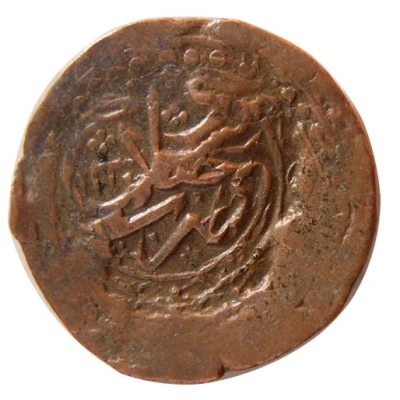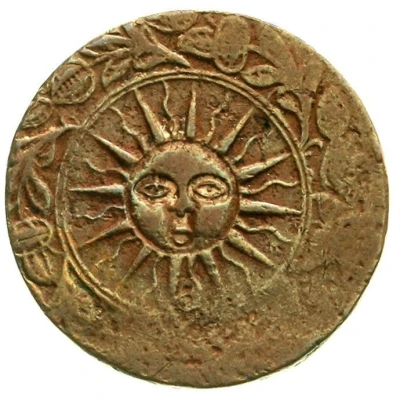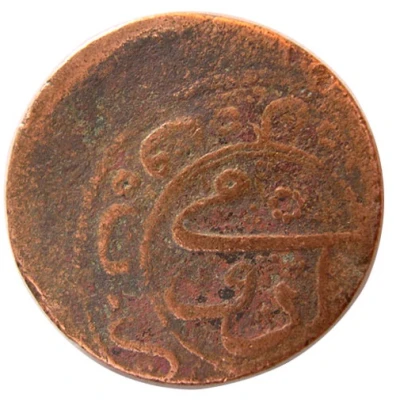


© سامعی (CC BY)
Falus - Fat'h Ali Qajar Savojbolagh
1230 (1815) year| Copper | 6.62 g | 20 mm |
| Issuer | Iran |
|---|---|
| Shah | Fath-Ali Shah (1797-1834) |
| Type | Standard circulation coin |
| Year | 1230 (1815) |
| Calendar | Islamic (Hijri) |
| Value | 1 Falus (0.050) |
| Currency | Qiran (1825-1932) |
| Composition | Copper |
| Weight | 6.62 g |
| Diameter | 20 mm |
| Shape | Round (irregular) |
| Technique | Hammered |
| Orientation | Coin alignment ↑↓ |
| Demonetized | Yes |
| Updated | 2024-10-05 |
| Numista | N#287196 |
|---|---|
| Rarity index | 100% |
Reverse
Lettering:
ضرب ساوجبلاغ
۱۲۳۰
Edge
Plain
Comment
Mint: Savojbolagh (also known by its current name Mahabad)Interesting fact
One interesting fact about the Falus - Fat'h Ali Qajar (Savojbolagh) 1230 (1815) coin from Iran is that it features a unique blend of Islamic and European influences in its design. The coin's obverse side features a stylized depiction of the Lion and Sun symbol, which was a common motif in Iranian coinage during the Qajar period. However, the reverse side of the coin features a depiction of a crowned portrait of Fat'h Ali Shah Qajar, which was a departure from the traditional Islamic coinage designs that did not feature human images. This blending of styles reflects the cultural and political influences of the time, and makes the coin a fascinating piece of numismatic history.



